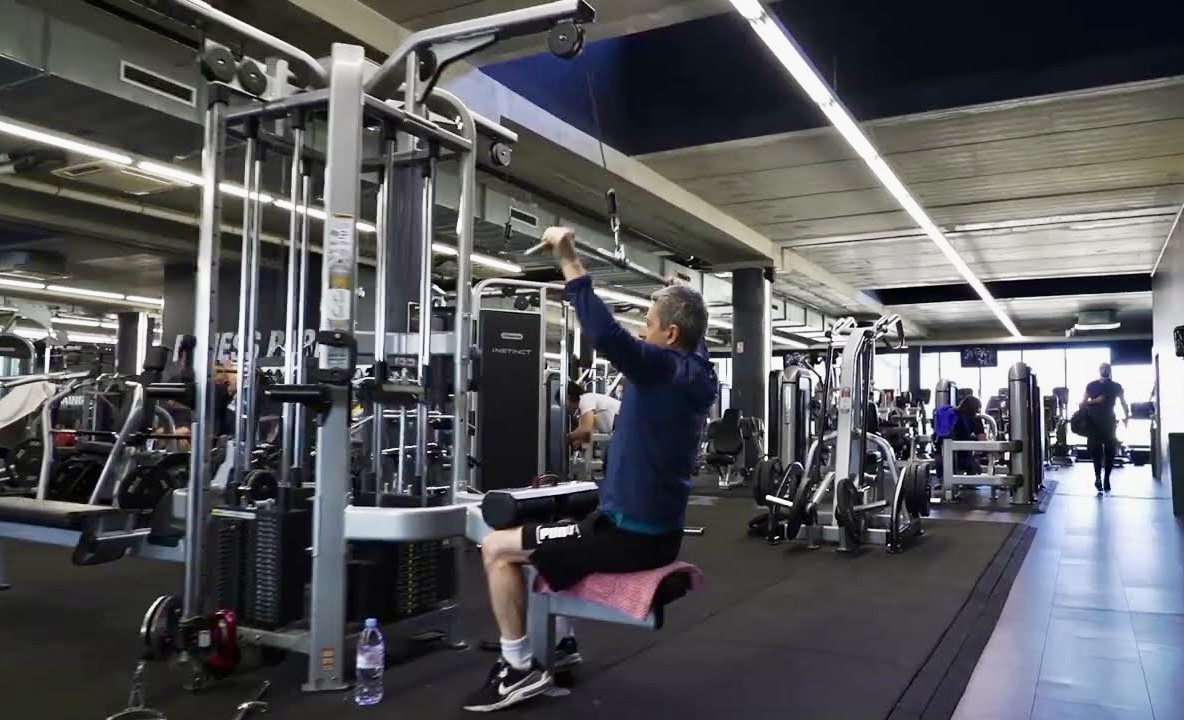Over the past ten years, gyms have experienced remarkable exponential growth. A trend that quickly became essential, the fitness world took a hard hit during the health crisis. In the face of an uncertain context, further accentuated by ubiquitous large franchises and a depreciated economy, small businesses are trying to hold on.
In the early 2000s, going to the “gym,” as it is often called, was not a common practice in France. Things have changed significantly since then, as there are currently nearly 4,540 gyms in France, with about six million members! Interestingly, according to a study conducted by the private research institute Xerfi, 60% of gyms are owned by networks. Because once you’ve figured out the formula, success follows.
“In the big franchises, it’s a bit of a mess”
Philippe, fitness coach at VitaClub
As an employee of the VitaClub brand, which has three gyms in Nice, Philippe has been in the industry for over a decade. He has closely observed the evolution of this practice that came from across the Atlantic and includes several disciplines: weightlifting, cardio-training, dance, and even yoga… The fitness coach harbors no animosity towards the industry giants but believes the fight is unequal: “When the big chains started to establish themselves, we had to do more marketing and align with their advertising. It’s hard to compete.“
To ease French consumers’ finances, and perhaps to maximize profit, most of these gyms offer low-cost memberships. Basic-Fit, for example, provides access to over 1,250 clubs in Europe for less than thirty euros per month. But what about the quality of the service offered? “In these franchises, many users don’t have a training method, or they just pick things from the internet. Without being biased, what generally makes the difference in smaller establishments like ours, apart from the friendly atmosphere, is the advice and personal support included in the basic rate,” continues Philippe. The resources implemented and the financial stakes seem enormous, and significant resources were required to overcome the difficulties related to the health crisis.
Surviving the Storm
Many gyms did not withstand the health crisis named Covid-19. Between administrative closures and a massive loss of members, the fitness world was on the brink of collapse. Fortunately, not all shut their doors. It required experience, money, and a lot of patience. Moreover, people seem to have become more aware of the dangers of a sedentary lifestyle. The fitness world has become more popular. Philippe notes, “The crisis? Certainly, our longstanding presence significantly helped us survive. Many people who exercised at home willingly registered once we reopened. I’m not saying there are necessarily more members than before, but the new members are more committed than ever.”
Three years later, small businesses are trying to withstand the challenges given their resources. The economic battle appears imbalanced on paper, but is money really the essence of sport? For its part, the Xerfi institute is hardly optimistic. For 2025, it predicts a growth curve that should increase for the fitness giants.


